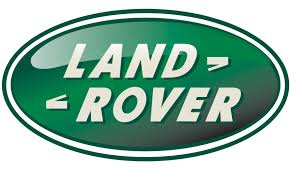Freelander System Description and Operation

STEERING
57-4
DESCRIPTION AND OPERATION
In the event of a collision where the steering rack itself moves, the two universal joints in the column allow the
intermediate shaft to articulate, minimizing movement of the column towards the driver. If movement continues after
articulation of the intermediate shaft, the nylon shear pins retaining the two halves of the central shaft shear causing
the shafts to 'telescope' together reducing further column intrusion.
The steering wheel comprises a cast centre and wire frame onto which the soft polyurethane foam is moulded. A horn
switch is located at each side of the wheel. On models with a high specification ICE system and/or cruise control,
additional switches are located on the steering wheel for control of one or both features. All switches are connected
by wires to the rotary coupler connector.
Protection for the drivers face and upper torso is provided by an SRS airbag located in the centre of the steering wheel
under a plastic cover.
RESTRAINT SYSTEMS, DESCRIPTION AND OPERATION, Description.
The column adjuster is located on the left hand side of the steering column and allows the steering column and wheel
to be tilted up or down over a range of approximately 3.5
°
or 30 mm (1.2 in) of vertical movement of the steering
wheel. The column adjuster comprises a bolt which passes through each side of the column upper mounting bracket.
The column adjustment lever is attached to a two-start left hand threaded nut which screws onto the bolt.
When the lever is lowered the nut is slackened and allows the column to be moved up or down to the desired position.
Lifting the lever upwards tightens the nut, clamping the mounting bracket to the column, retaining the steering column
in the selected position. The nut tightening torque is 10.5 Nm (7.7 lbf.ft) which gives the correct 'feel' to the lever
operation.
The steering lock houses the ignition switch, ignition illumination light ring, key lock barrel and the security system
transponder coil.
The steering lock is attached to the upper column with a clamp plate and two shear bolts. The bolts are tightened to
a torque which shears off the heads of the bolts preventing easy removal of the steering lock.
The steering lock operates by a bolt, which emerges when the ignition key is turned to position 0 and the ignition key
removed. The bolt engages in a lock collar located on the upper shaft in the upper column tube. The lock collar is
attached to the upper shaft by a 'wave form' interference ring, which allows the lock collar to slip on the upper shaft if
a torque of 200 Nm (147.5 lbf.ft) or higher is applied. This prevents the bolt being sheared, by someone forcibly turning
the steering wheel while the steering lock is engaged, yet still effectively locks the steering. The steering lock is also
designed to be resistant to slide hammer and shock retraction.
